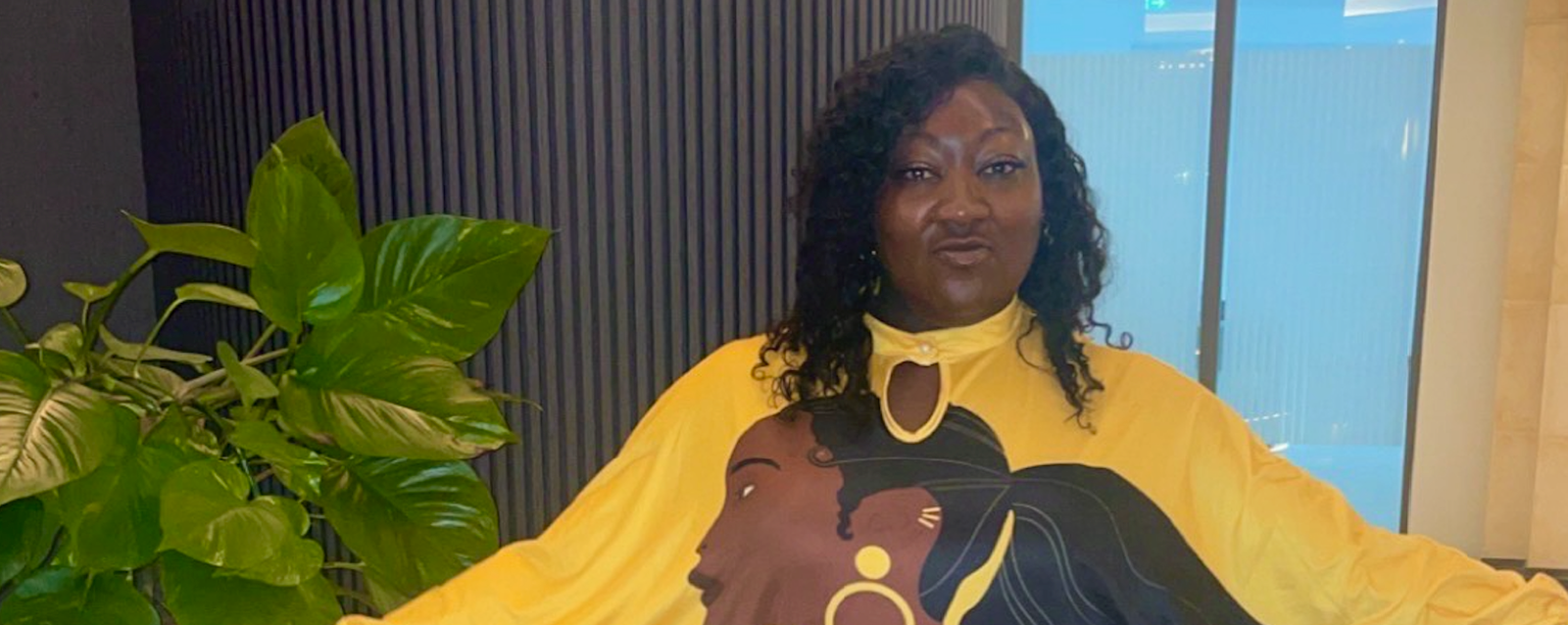
What does ‘lesbian visibility’ mean to you, and why is it important?
Over the course of 20 years working in support of the visibility, representation and equality of marginalised groups, and almost five decades of experience living while Black, I’ve come to understand that visibility is only a constituent part of what we’re fighting for. Visibility is not enough on its own, nor divorced from the context of its necessity. In the context of lesbians, both within and outside of the LGBTQ communities, visibility has been important in ensuring that the specific barriers lesbians face in the world are addressed meaningfully as part of our organising work. For Black lesbians, this is doubly-so. Our visibility ensures that our lives and contributions matter and are accounted for. But visibility can also bring danger and increased visibility doesn’t necessarily increase one’s access to safety, housing, jobs, or mental and emotional well-being. Our visibility must be supported by action, by inclusion, by measurable and tangible demonstrations of change, and it’s a point I continue to labour. Visibility is great, but it’s not nearly enough.Have you, personally, experienced exclusion as a lesbian? What happened?
Exclusion and erasure are great bedfellows and Black lesbians continue to face both at many levels, in society and within the LGBTQ communities. Thinking of my own experience, I remember going to my first lesbian bar and feeling so out-of-place: there was no one who looked like me in the space and while I suppose I may have been welcomed in the space, or at least no one protested my being there, I didn’t feel like I belonged. Which raises an important point about exclusion: it doesn’t have to be intentional to be effective and it thrives in environments where people don’t think about inclusion in the first place.Lesbians often feel that they are excluded at Pride events. Have you experienced this? Why do you think this happens?
When I started UK Black Pride, there were questions from (and to) mainstream pride organisations about the inclusion of marginalised communities, which was really a question about inclusion: they hadn’t really considered that the breadth of the LGBTQ communities hadn’t been thought about in the spaces they create. And the “faces”, if you will, of pride have largely always been those of white gay men, who have usually been those at the helm of mainstream pride events. To know that within ourselves and among our communities are people who feel a wonderful amount of pride in what they’ve overcome in their life to be themselves, who show up to a pride event only to feel that they don’t belong, is something we need to take more seriously as a community. Lesbians have played and continue to play an important role in our communities, but we don’t only need to include lesbians because of the role we’ve played in advancing the interests and equality of the LGBTQ communities; lesbians should be celebrated and space made for us because we deserve spaces to enjoy ourselves and pride-ful humans with much to give other people by way of love, recognition and joy.What does your Pride do to ensure lesbians are visible and an integral part of your events?
UK Black Pride makes it very clear at every available opportunity that we stand on the shoulders of Black lesbians. We centre and celebrate Black lesbians and ensure their thoughts, feelings and experiences guide and space our movement.What would you like to see Pride and LGBTI+ organisations around the world do to increase lesbian visibility?
Pride organisers should ask themselves regularly, “Who is not here?” and then find out why that is.What’s your most cherished ‘lesbian moment’ at a Pride?
I guess I haven’t thought about ‘lesbian moment’s before. The times I’ve felt most myself, most wanted and most respected is at UK Black Pride, where Black lesbians abound alongside so many other expressions of Self that we find at UK Black Pride.Thanks to Phyll for talking to us for Lesbian Visibility Week. This year’s UK Black Pride takes place on Sunday 14 August in London. Read more here. Look out for our next Lesbian Visibility Week interview tomorrow!
